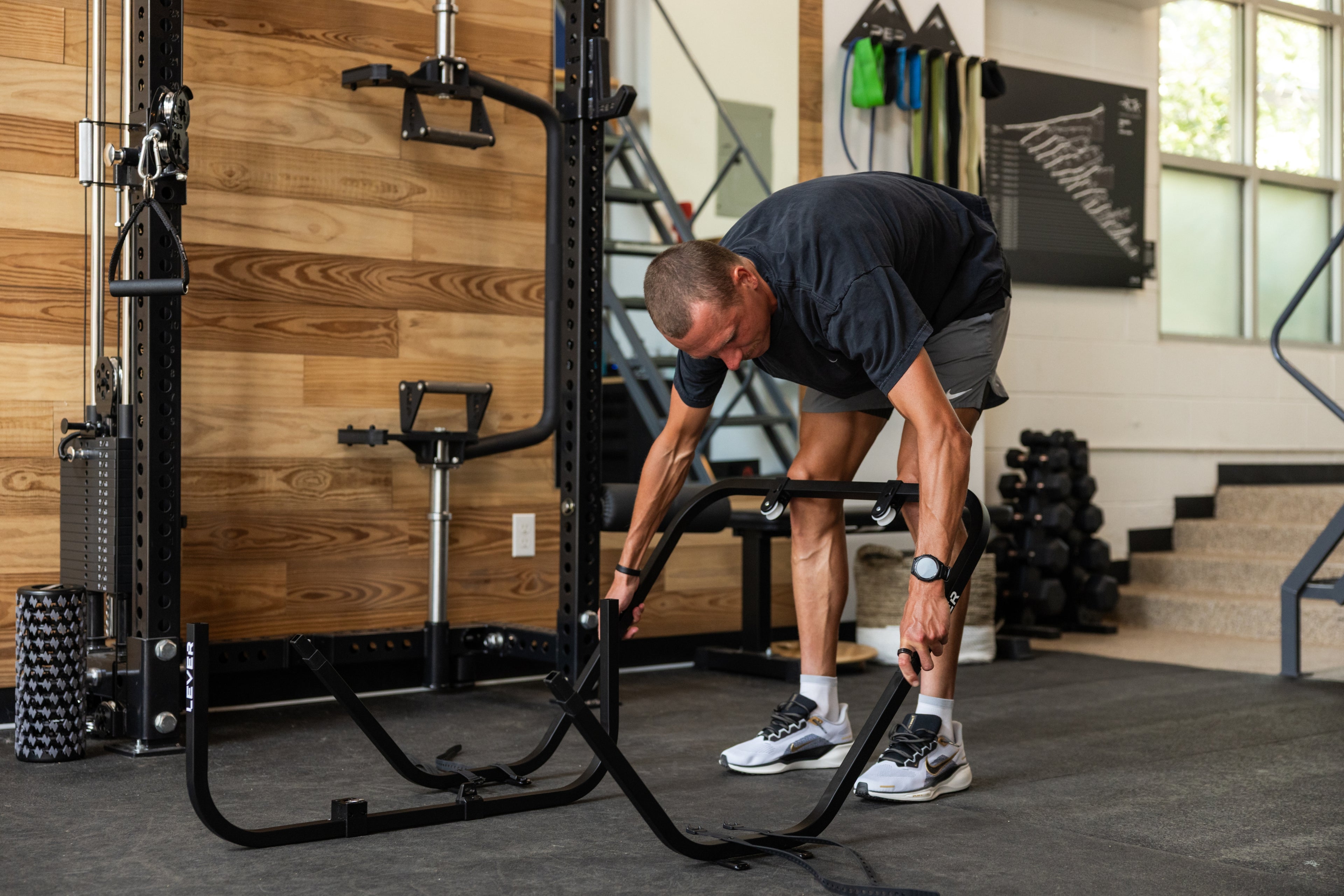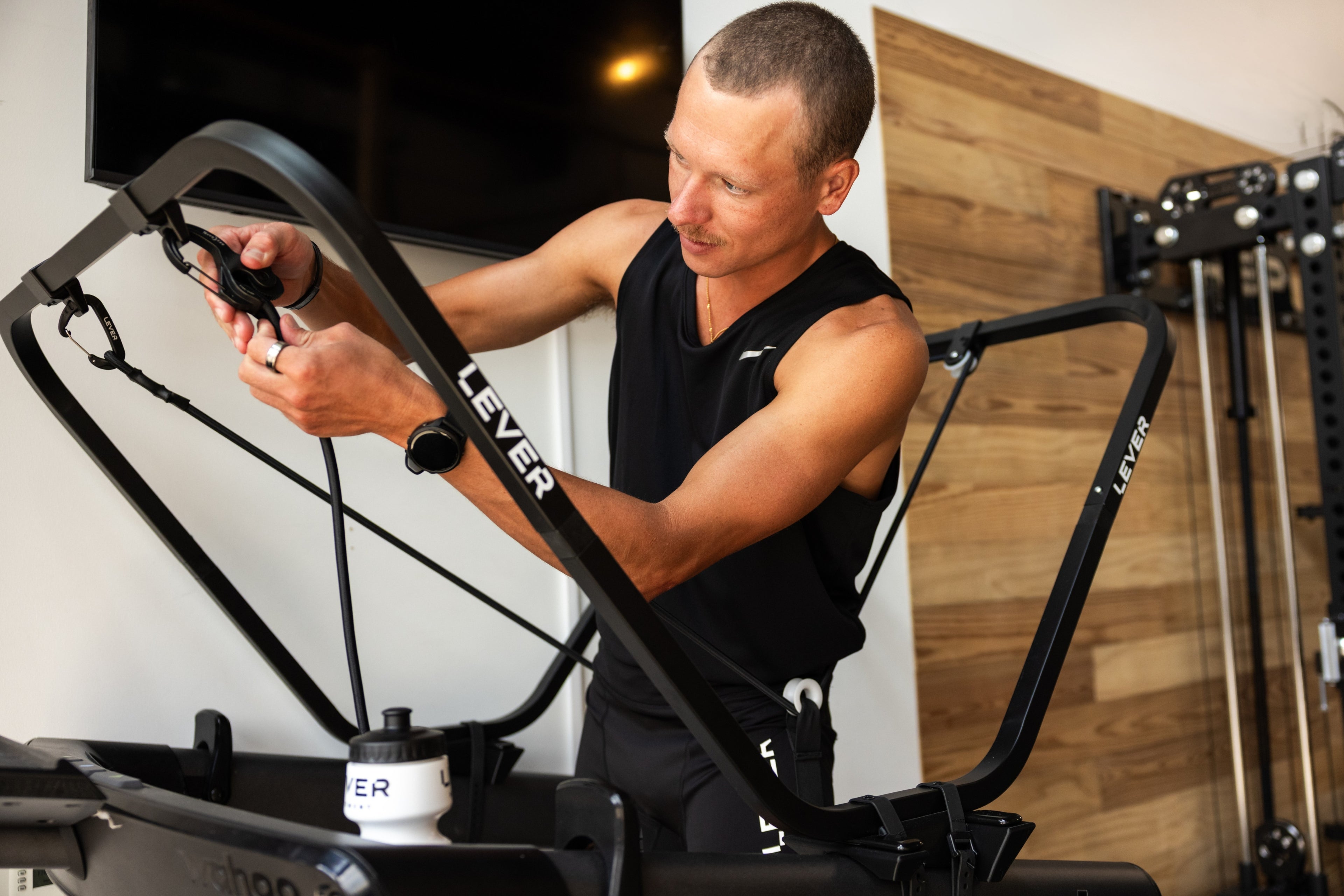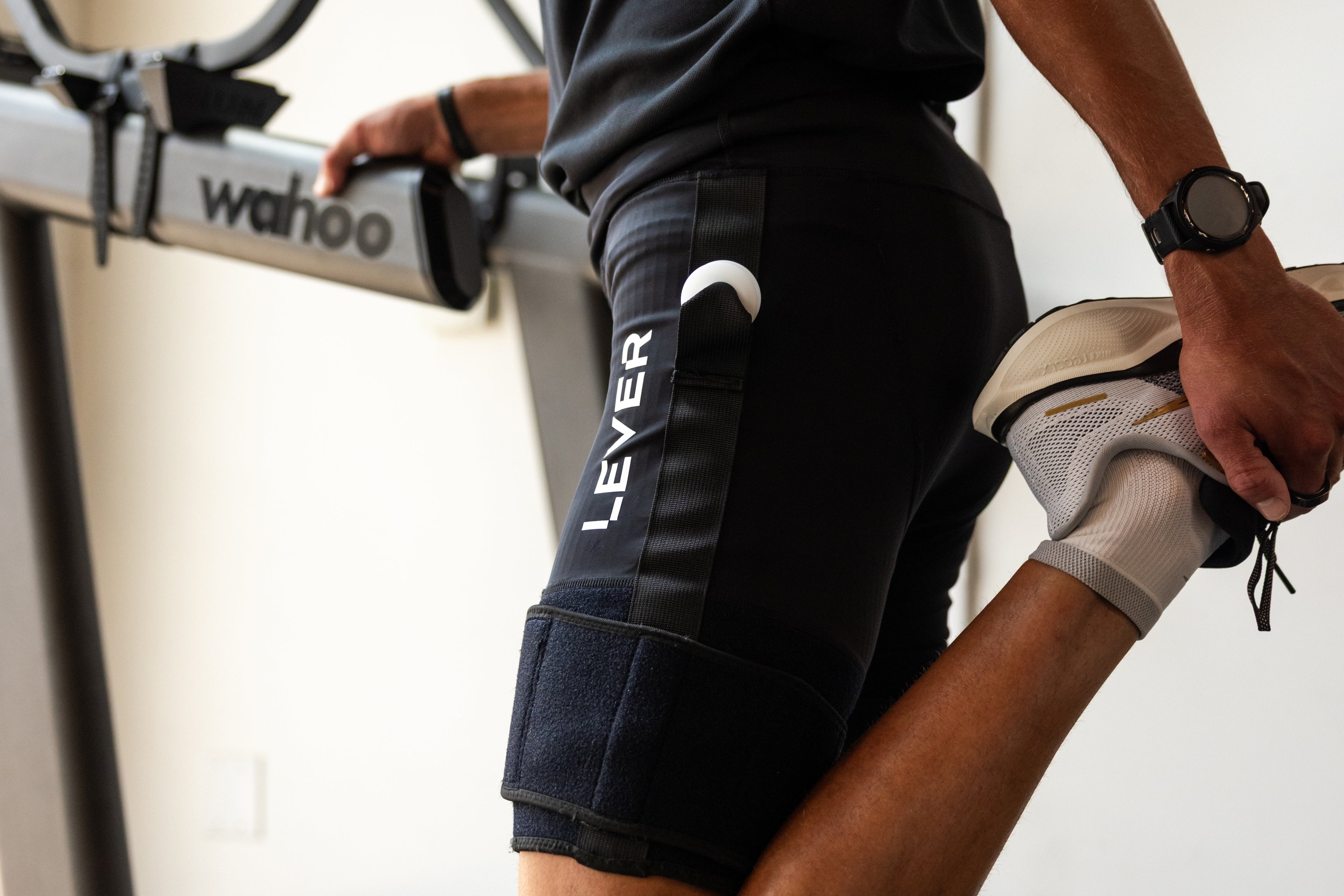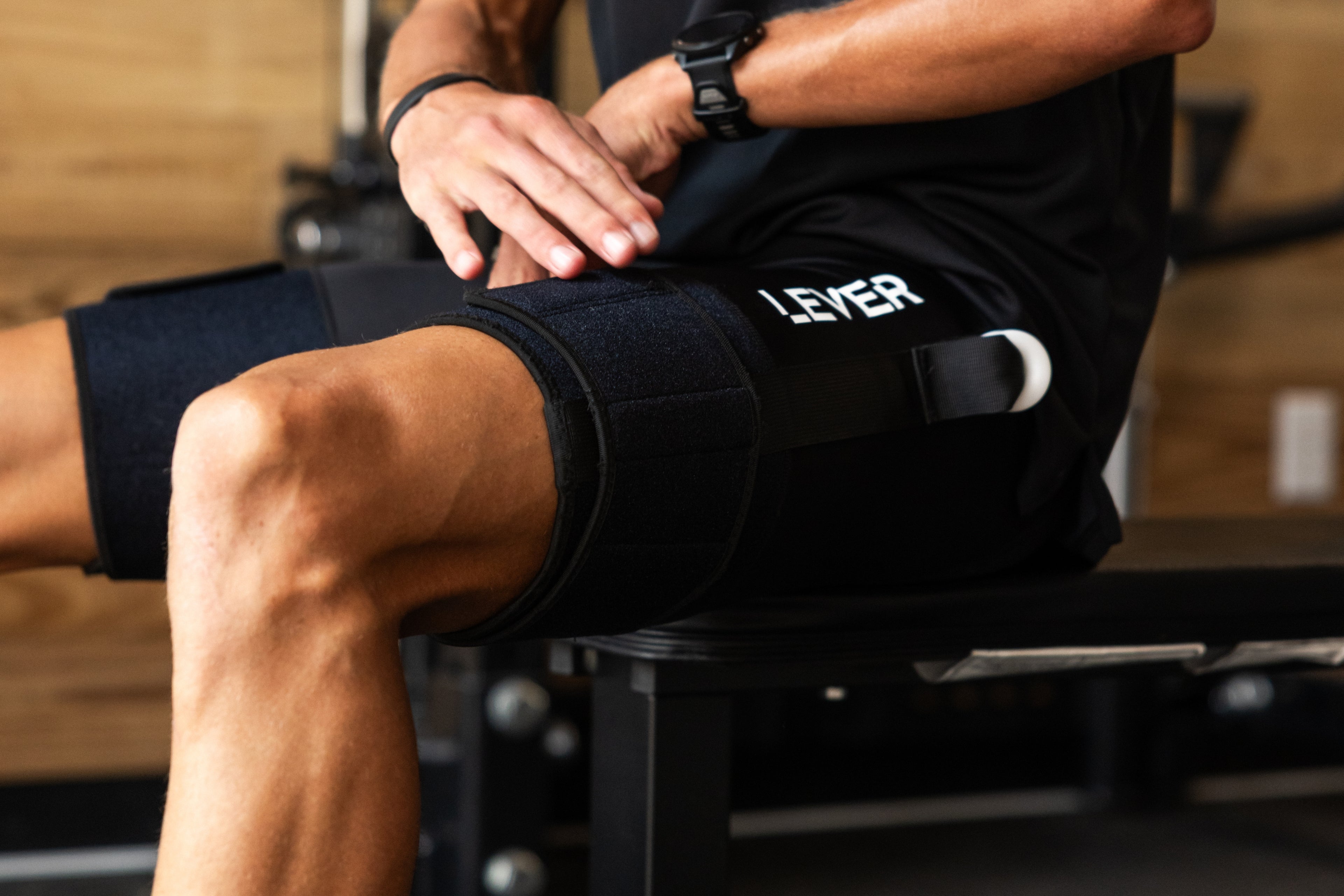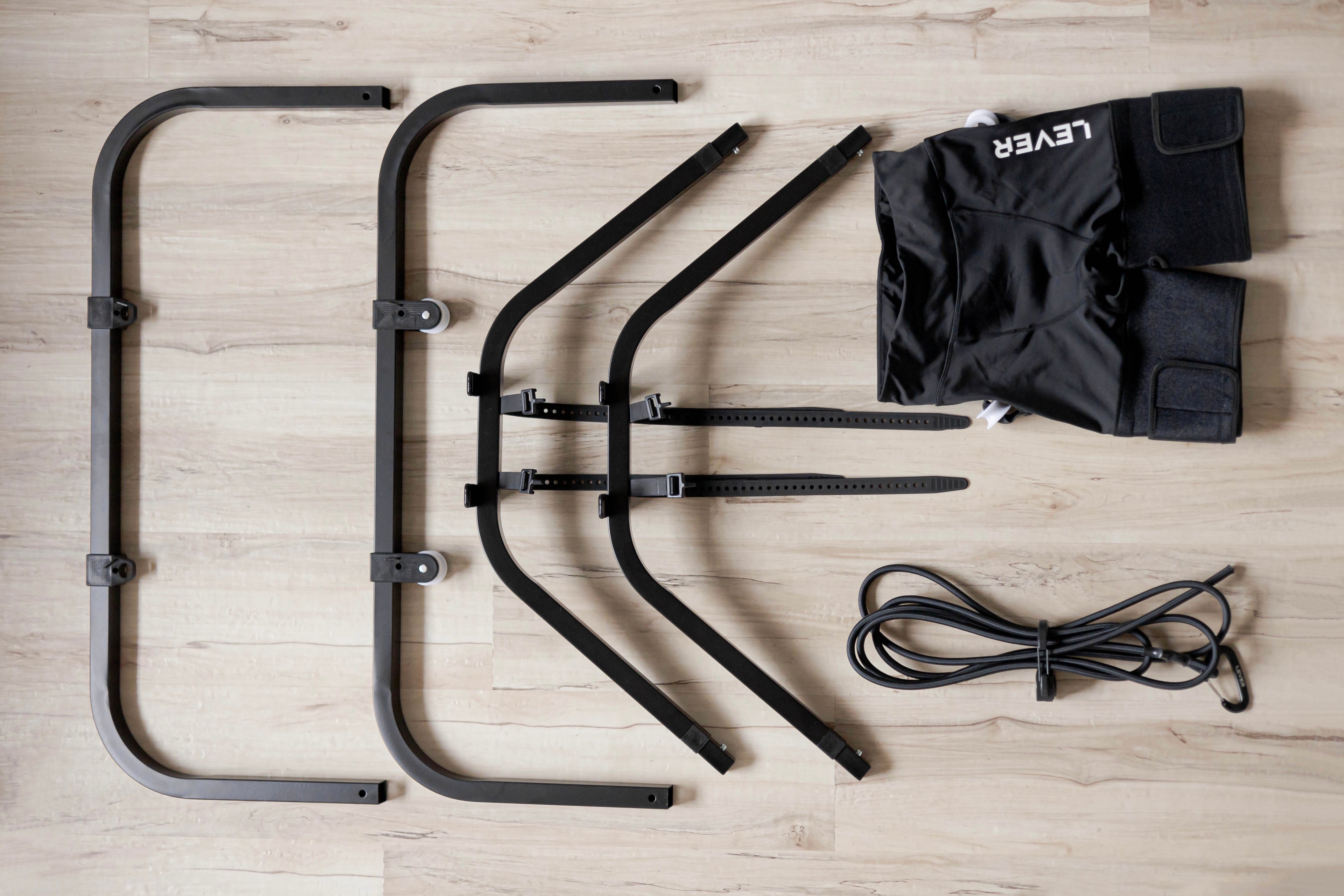Sidelined by Achilles pain? You’re not alone. Achilles tendinopathy is one of the most common overuse injuries in runners and endurance athletes. While it can be a stubborn issue, recovery is absolutely possible with the right strategy, patience, and a structured approach to loading the tendon.
In this blog, we’ll break down what Achilles tendinopathy is, why it happens, and how to work your way back to pain-free running step by step.
What Is Achilles Tendinopathy?
Achilles tendinopathy refers to degeneration or irritation of the Achilles tendon, typically caused by repetitive strain, poor loading mechanics, or rapid changes in training volume. It can be either:
-
Insertional (at the heel bone)
-
Midportion (about 2–6 cm above the heel)
Common symptoms include stiffness (especially in the morning), pain when loading the tendon (like running or jumping), and swelling or thickening of the tendon.
📚 Research Note: According to Maffulli et al. (2003), Achilles tendinopathy is characterized by a failed healing response within the tendon, often without significant inflammation. It affects up to 9% of recreational runners (Lorimer & Hume, 2014).
Get a Proper Diagnosis
It’s essential to confirm that your symptoms are actually Achilles tendinopathy not something more serious like a partial tear or retrocalcaneal bursitis. A sports medicine provider or physical therapist can assess your movement, palpate the tendon, and may use imaging to clarify the diagnosis.
Modify Load, Not Movement
Unlike stress fractures, total rest isn’t always the answer. In fact, prolonged unloading can impair tendon remodeling and slow recovery.
Instead:
-
Stop activities that cause sharp pain (e.g. running, plyometrics)
-
Start loading the tendon progressively with isometrics and slow resistance work (think heel drops or tempo calf raises)
📚 Research Note: Isometric exercises have been shown to reduce pain and improve motor output in tendon rehab (Rio et al., 2015). Progressive tendon loading is the gold standard for treatment (Silbernagel et al., 2007).
Pain should be monitored not zero, but staying below a 3/10 during and after activity is typically acceptable during rehab.
Use Body Weight Support to Keep Running
Once you can walk pain-free and tolerate basic strength work, body weight support running (like LEVER) becomes a powerful tool.
It allows you to:
-
Reintroduce running at a lower intensity
-
Reduce strain on the Achilles while maintaining fitness
-
Progress running volume safely without flaring symptoms
📚 Research Note: Studies show that running with body weight support (like AlterG or LEVER) significantly reduces ground reaction forces and Achilles tendon load (Farina et al., 2017; Willy et al., 2016).
Follow a Structured Return-to-Run Plan
Returning to full-weight running too quickly can lead to setbacks. Here’s a general progression:
-
Body weight support jogging (at 70–85% body weight)
-
Short run-walk intervals
-
Slow continuous running
-
Gradual speed and incline reintroduction
This process can take 4–12 weeks depending on the severity of the tendinopathy and your baseline strength.
Work with a physical therapist or coach to tailor your return-to-run based on symptoms, strength, and tissue readiness.
Strengthen Strategically
Strength is key not just for the calf/Achilles but for the entire kinetic chain. Your rehab should include:
-
Eccentric heel drops
-
Soleus-specific strengthening (bent-knee calf raises)
-
Glute and hamstring work
-
Balance and proprioception drills
📚 Research Note: The Alfredson eccentric protocol has long been a mainstay of Achilles rehab and shows strong evidence for effectiveness in mid portion tendinopathy (Alfredson et al., 1998). More recent protocols also emphasize heavy-slow resistance training (Beyer et al., 2015).
Estimated Recovery Timeline
Every case is different, but here’s a general timeline:
-
Mild tendinopathy: 4–6 weeks
-
Moderate cases: 8–12 weeks
-
Chronic/recurring pain: 3–6 months (especially if not addressed early)
Don’t Rush the Process
Achilles tendinopathy responds well to progressive loading, smart movement, and patience. Tools like LEVER can keep you active while protecting the tendon and giving your body a chance to rebuild.
👉 If you’re currently recovering or want to prevent Achilles issues in the future, the LEVER system can help you train smarter not harder. Learn more about how body weight support can fit into your recovery here.














